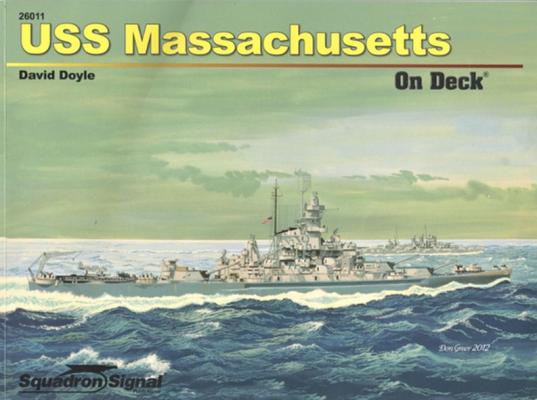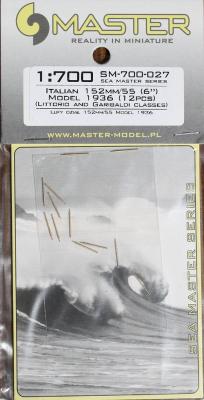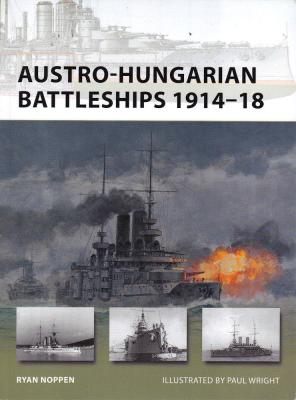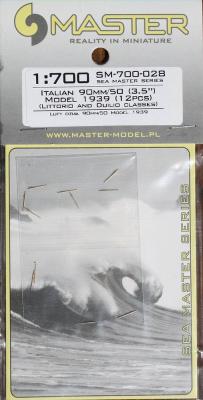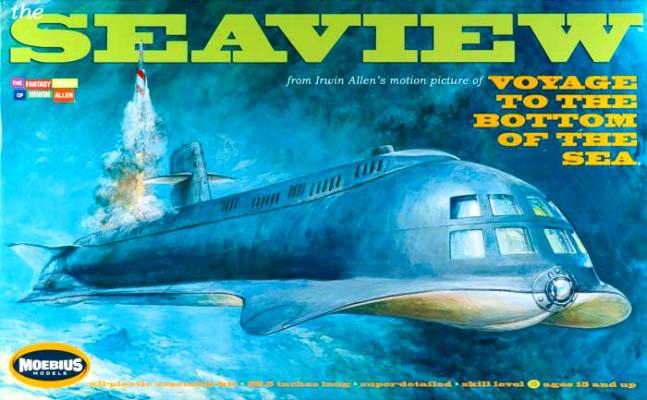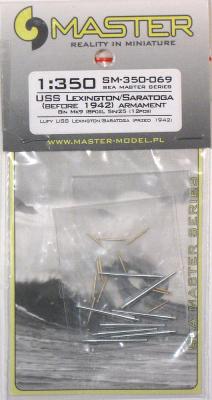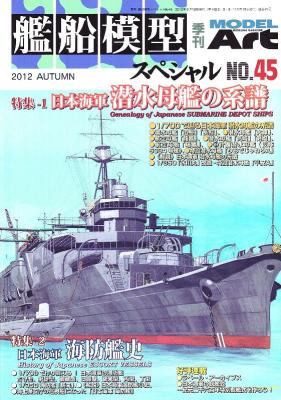Thank you to Gary Newman of Squadron Signal Publications and the IPMS Reviewer Corps for allowing me the opportunity to review this excellent photographic tour aboard the USS Massachusetts in Battleship Cove, Fall River, MA. There is a wealth of detail contained in an astonishing number of color photos, all with great descriptive captions.
Bottom Line
Perfect to-scale 15” (381mm) barrels for Littorio WW2 Italian warship class
The Italian 381mm/50 (15”) gun barrels, 1934 Model, were the largest produced in Italy, with 40 being manufactured. They were designed by Ansaldo in 1934 for the Littorio battleships, but most were made by OTO. They were mounted in triple turrets, three turrets per ship. These guns were considered as excellent as, and had better penetrating power than, similar guns from other countries. Rate of fire was 45 seconds and muzzle velocity was 850 m/s. Range was over 42,000 meters. Dispersion of shot was a chronic problem for the Italian Navy, and was due more to faulty ammunition than to gun performance.
Bottom Line: Perfect to-scale 6” (152mm) barrels for Littorio and Garibaldi WW2 Italian warship classes
The latest secondary, or anti-torpedo boat, armament for new construction (Littorio battleship and Garibaldi light cruiser classes) was the 1936 model 152mm/55 caliber gun. This new gun was derived from the earlier 1926 and 1929 versions in use on then-current Regia Marina light cruisers. Two different versions were made – a monobloc construction by the original designer, Ansaldo, and heat-forced tubular element construction from OTO (used only in Vittorio Veneto and Roma battleships). Twin and triple turrets with independent cradles for each gun were made. Rate of fire was one round every 14 seconds. The guns were considered as satisfactory, but dispersion at long ranges was wide, attributable to the ammunition.
The Parts
Introduction
The US Navy's third littoral combat ship (LCS), the USS Ft. Worth was just commissioned in late September, 2012 – a mere few weeks after Dragon released this kit. Designated LCS-3, the Ft. Worth is a single V-hull, and the second of the Freedom class LCS ship. LCS ships are sleek and fast, make a small radar target, and can maneuver close to the shore in only 20 feet of water. Dragon's LCS-3 Smart Kit is an excellent representation of the LCS class ship, in a small size and with excellent detail, that can be displayed just about anywhere.
Osprey Publishing’s latest monograph focuses on the waning years of the Habsburg Empire, and the Kaiserliche und Konigliche (k.u.k) Kriegsmarine's effort to protect its southern coast on the Adriatic Sea before and during WWI. Today, the coast and the cities along the coast, Trieste, Pola, and Fiume, among others, are parts of present day Italy, Slovenia, Croatia, and Bosnia-Herzegovina. The book features fine illustrations of the 5 ship classes, 2 “in action” paintings, and many sharp black and white photos, sure to be of interest to ship modelers. The only weakness is the lack of a map of the 1914 Habsburg Empire's coast, and theater of operations during WWI.
History
In the mid-1930s, Italy began design studies for a new naval antiaircraft gun to replace the 100mm/40 mounts, which was too slow to elevate and track modern aircraft. After calibres from 6-127 mm were evaluated, Regia Marina opted for a compromise between firepower, rate of fire, and system weight. Ansaldo did the initial design work and developed the 90mm/50 Ansaldo 1938, OTO 1939 model heavy antiaircraft gun and stabilized mount. Performance was similar to the famed German 88mm, and these guns remained in service for many years after WW2. These guns were installed in the Littori class battleships and the reconstructed battleships Andrea Dorea and Duilio. Plans for fitting out other ships were never carried out. Although the guns were satisfactory, the stabilization system was prone to breakdowns and the ammunition had limitations.
The Parts
History
The Arizona was a Pennsylvania-class battleship, for and by the U.S. Navy in the mid-1910’s. The ship was the second and last of the Pennsylvania class of “super dreadnoughts” battleships. The Arizona had an overall length of 608 ft., beam 97 ft, and draft of 29 ft, 3 in. The ship had four direct-drive Parsons steam turbines, each of which drove four 12 ft. 5 in. diameter propellers. The Arizona’s designed speed was 21 knots. The Arizona carried 12 .45 caliber 14 in. guns in four triple gun turrets. The Arizona took part in several exercises, escorted President Woodrow Wilson to the Paris Peace Conference, was regularly used for training exercises, assisted in the Long Beach earthquake of 1933 with disaster relief, and was featured in the Jimmy Cagney film Here Comes the Navy.
I first heard about the Moebius 8-window movie version kit when reviewing SciFi & Fantasy Modeller Vol. 25 for IPMS/USA, http://web.ipmsusa3.org/content/scifi-fantasy-modeller-vol-25, so when the kit became available shortly thereafter I had to give it a shot.
Thank you to Iwona and Piotr Czerkasow of Master Model and all those at IPMS Reviewer-OPS for providing me an opportunity to examine and apply some delightful parts for improving a ship model kit. Model Master’s recent addition to their Sea Master Series is very welcome. The aftermarket world is indeed enhanced with the products Master Model offers.
This special issue of Model Art Modeling Magazine has two features that cover the genealogy of Japanese submarine depot ships and the history of Japanese escort vessels. There are two other smaller articles included. One is titled “Lets make the Special naval review of the Imperial Japanese Navy on Japanese Imperial reign 2600 ceremony,” and an article titled “Revell Archives.”
In the first feature, “Genealogy of Japanese Submarine Depot Ships,” there are several articles that cover the available model kits of these vessels. Also included are period photos and line drawings of these ships with what seems to be a description or history (here’s where the lack on my part of being able to read Japanese to know exactly what this section deals with). The last part of the feature is a conversion of Hasegawa’s 1/350 Hikawa-Maru to the Auxiliary Submarine Depot Ship Heian-Maru. This section finishes out with a poster of what appears to the Submarine Depot Ship Taigei.

